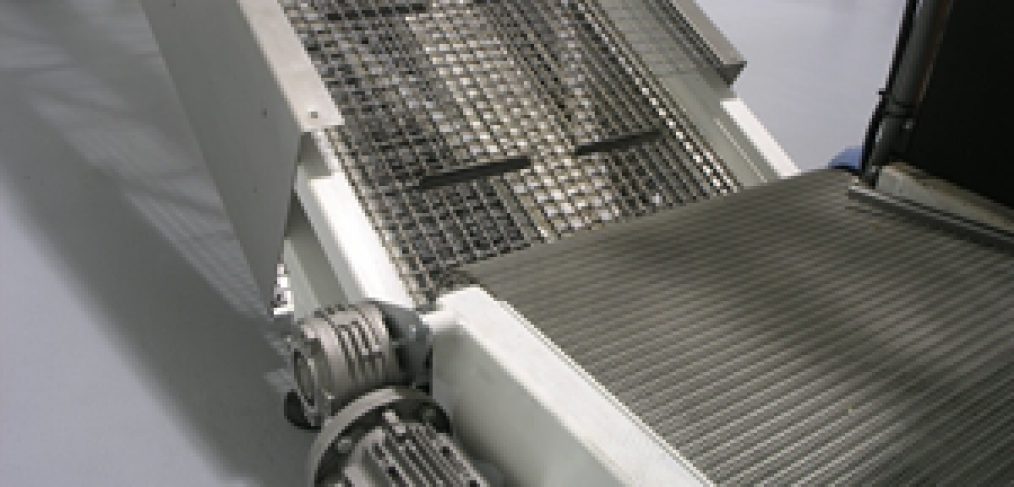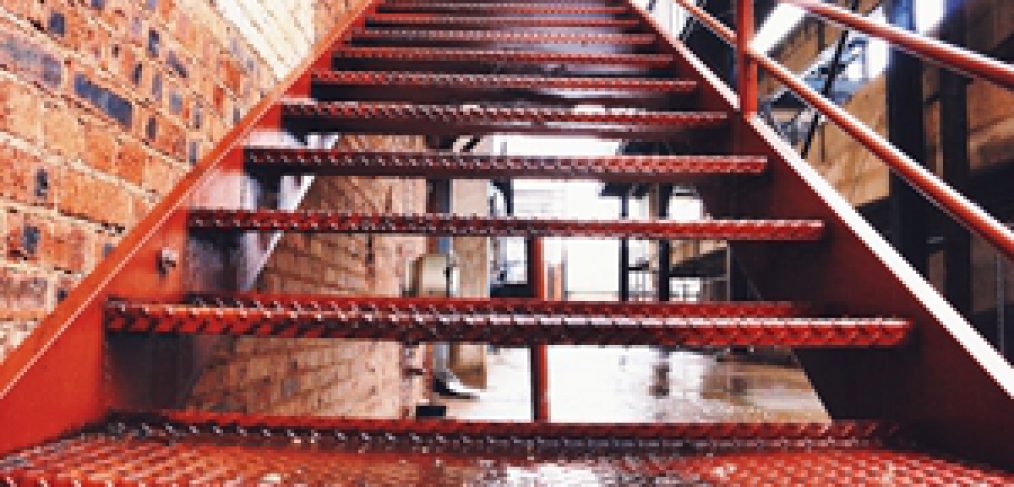Food manufacturing relies heavily on conveyor belt systems. Not simply because it's far more efficient than manual labour, but because it's considerably cheaper in the long run. Food manufacturing has to stand up to extremely stringent regulations, and processes differ greatly between different food items.
What works for raw meats won't work for baked goods, so it's important to invest in the right system. Conveyor belts can be made of numerous materials, but we believe that metal is the ideal option for food manufacturing. Here's why.
1) Metal conveyor belts easily meet sanitation requirements
A recall is an enormous headache for those in the food manufacturing industry. Not only can it be extremely expensive, it can also do irreparable damage to a manufacturer's reputation. Metal belts are capable of withstanding the extremely high temperatures and pressure required for sanitation. An additional benefit to metal belts is that they are nonporous. Plastic belts are easily chipped and scratched which can become ideal locations for hazardous chemicals or bacteria.

2) Metal conveyor belts can withstand extreme temperature variation
Food processing will require cooking or cooling, and metal excels in both of these areas.
In addition to sanitation, the heat resilience of metal gets extra points for functionality. Some applications of food processing will require cooking or cooling, and metal excels in both of these areas. A thermal expansion coefficient dictates how a material can expand, contract or otherwise change shape with temperature fluctuations. Most metals have a fairly low coefficient, meaning they retain heat when subjected to temperature change. Plastic can easily melt, warp or simply break during processes that metal will roll through easily.
3) Metal conveyor belts are less environmentally taxing
While virtually no manufacturing operation is without a carbon footprint, plastic is far more taxing on the environment to produce. Plastics are made from petroleum, which isn't exactly the poster child for sustainability. While the production of metal does result in pollutants, the sector has made strides in recent years.
4) Metal conveyor belts offer great flexibility
We don't literally mean the ability to flex, but rather, there is a metal solution for every pain point in food manufacturing. Metal conveyor belts generally have a greater ratio of open area which means they are ideal for baking, cooking, or any application where drainage is important. Furthermore, metal belts can be used effectively in conveyors with singular or multiple tight turns, which reduces the need for manual transferral to another belt.
Locker Group manufactures conveyor belts to any width or length, capable of withstanding temperatures between -250 and 1200 degrees celsius. Our belts are assembled in modules to simplify the maintenance process. Whatever you're cooking, Locker Group has the belt for you.



